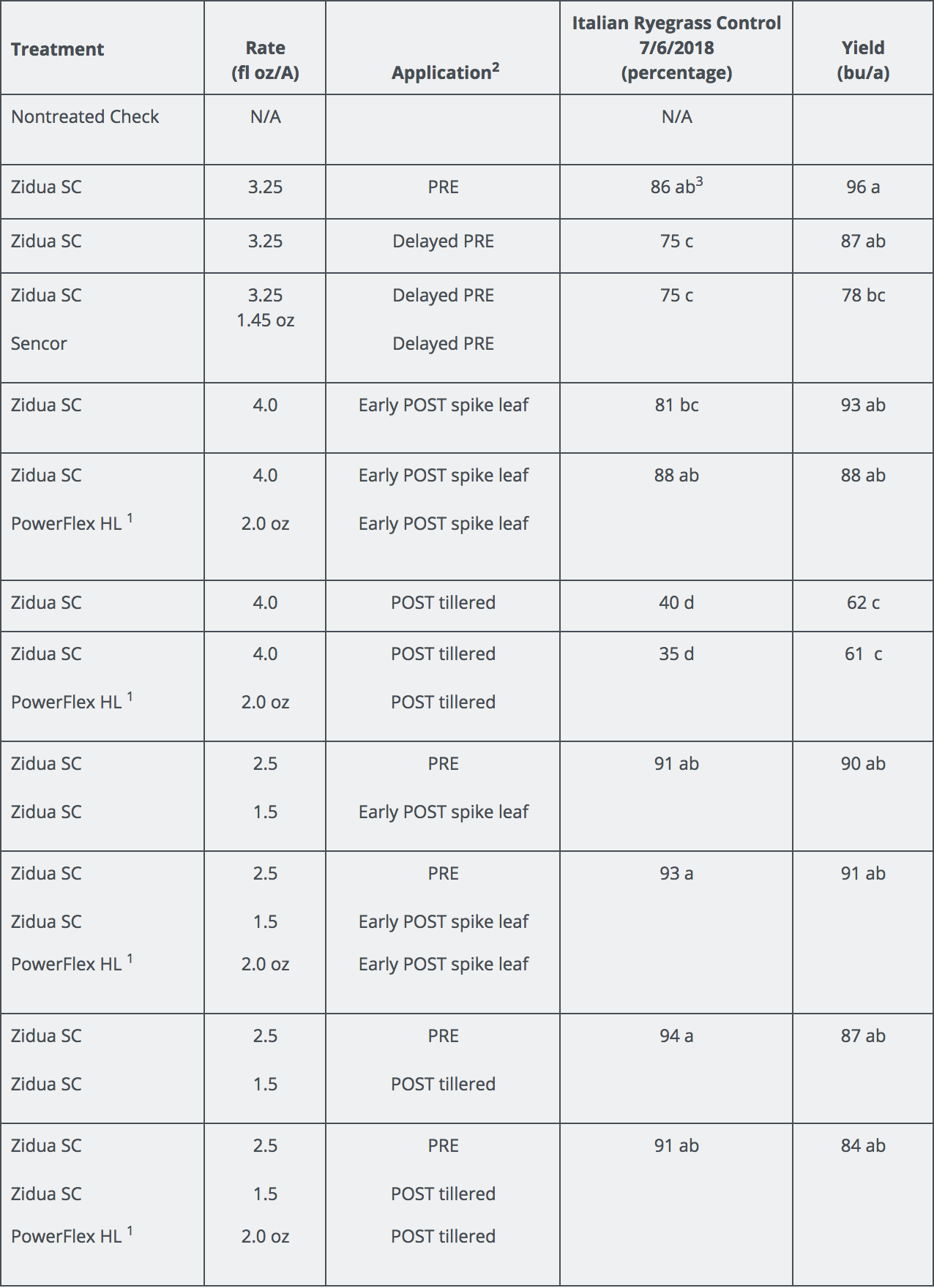Italian ryegrass (Lolium perenne L. spp. multiflorum (Lam.) Husnot), also known as ryegrass or annual ryegrass, is an introduced cool season, annual or biennial bunchgrass native to southern Europe.
It is widely distributed and an important weed of winter wheat throughout the USA. Italian ryegrass is competitive with winter wheat for water, nutrients, space, and light, resulting in substantial reductions in yield and grain quality when not adequately controlled. In a study conducted in western Oregon in the early 1970s, winter wheat yield was reduced by as much as 61% when Italian ryegrass density reached 9 plants/ft2.
Italian ryegrass is a prolific seed producer, capable of producing several thousand seeds per plant. Plants readily outcross, which results in large genetic variability that has contributed to the extensive development of herbicide-resistant biotypes.
Italian ryegrass populations in the PNW have developed resistance to the ACCase inhibitors (Group 1), acetolactate synthase or ALS inhibitors (Group 2), glyphosate (Group 9; in Oregon orchards), and very-long-chain fatty acid synthesis inhibitors (Group 15). Some populations are resistant to multiple herbicide sites of action.
The newest chemistry to arrive in the battle against Italian ryegrass in wheat is pyroxasulfone (Group 15). Pyroxasulfone is the active ingredient in Zidua and one of the active ingredients in Anthem Flex, along with carfentrazone (Group 14).
In a recently conducted field study, pyroxasulfone provided effective control of Italian ryegrass when applied preplant or preemergence at the highest labeled rates (Table). The best control was achieved when preplant or preemergence treatments were followed by early postemergence (spike leaf) applications of pyraxasulfone up to the maximum annual labeled rate (Table).
These results were similar to those from a very similar study conducted the previous year titled, Evaluation of application timings with Zidua® for the control of Italian ryegrass in winter wheat (pdf), except that in the previous study, postemergence applications made in the spring when wheat was tillering were not as effective as they were in 2018.
Using less than the maximum labeled rate of pyroxasulfone not only results in less effective control of Italian ryegrass, it also increases the risk for selecting biotypes resistant to pyroxasulfone. Research in Australia has demonstrated that after just three years of applying suboptimal rates of pyroxasulfone, annual ryegrass biotypes developed that were resistant to 3x rates of pyroxasulfone.
Pyroxasulfone (Zidua and Anthem Flex) can provide effective control of Italian ryegrass in wheat, but growers should use the maximum labeled rate preplant or preemergence, and consider coming back early postemergence to apply additional product if allowed by the label.







Post a comment
Report Abusive Comment